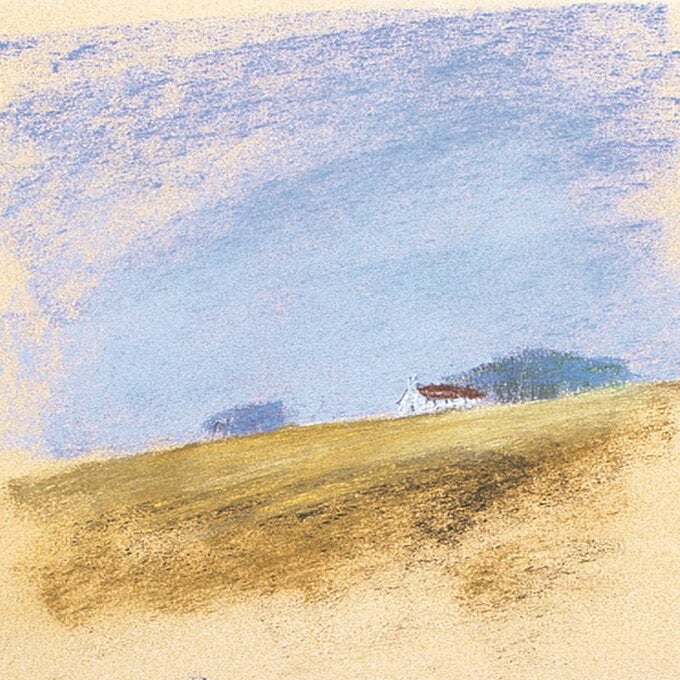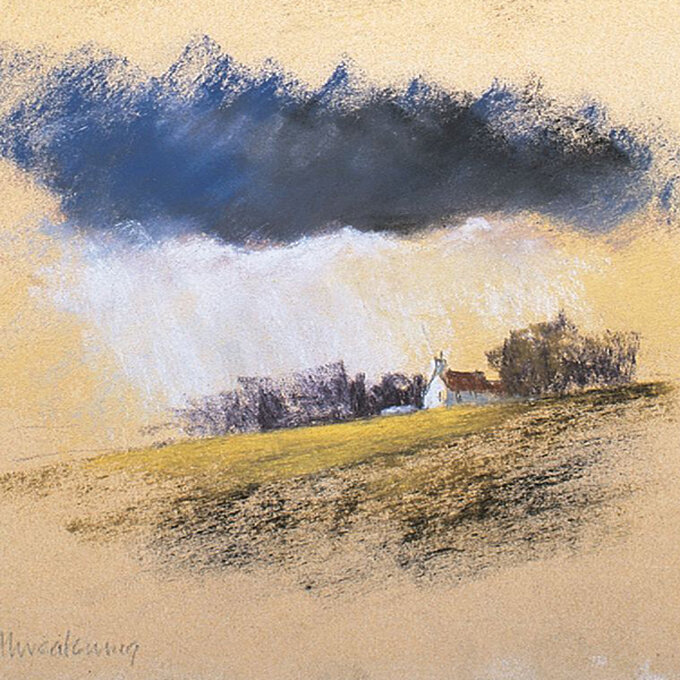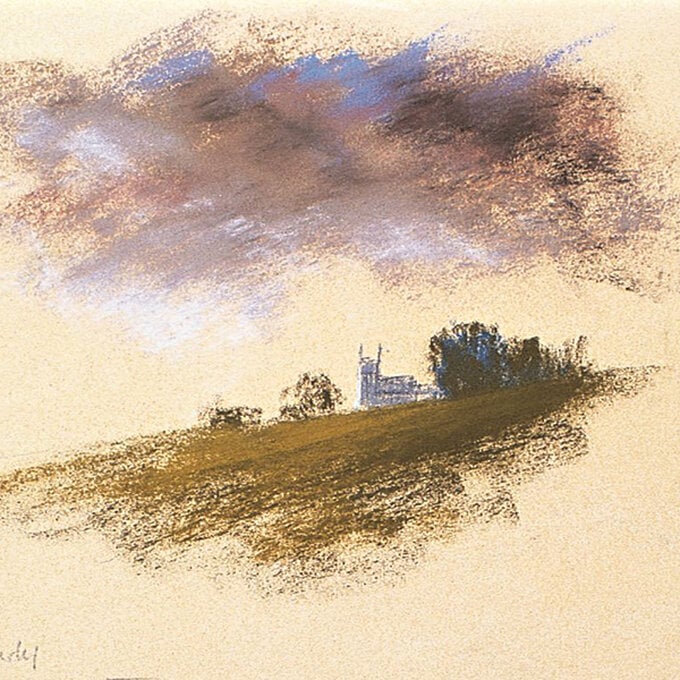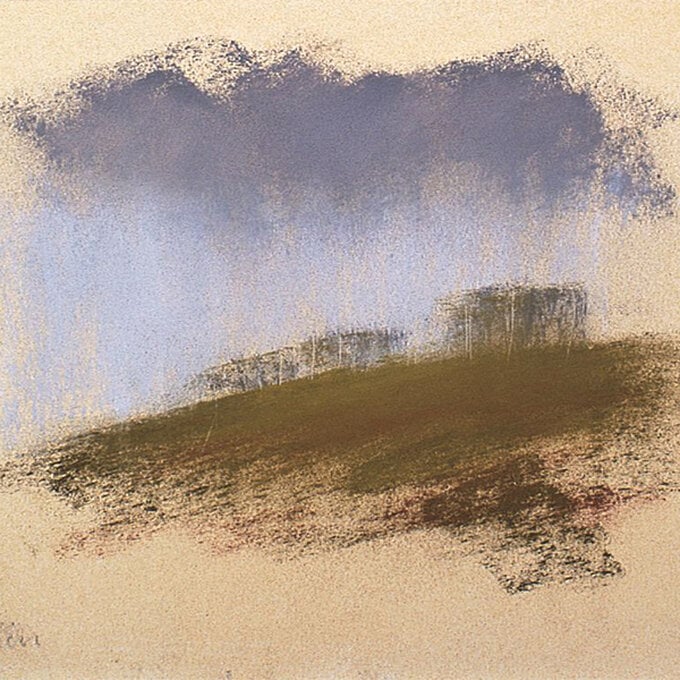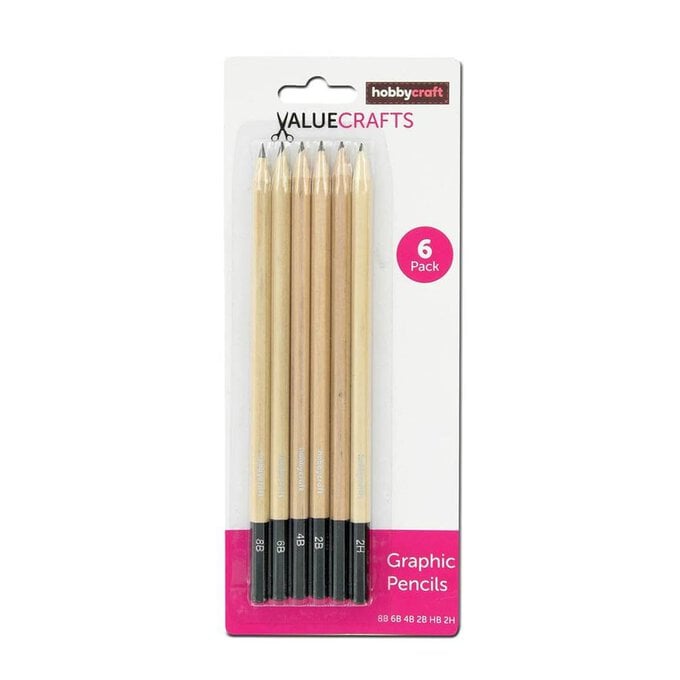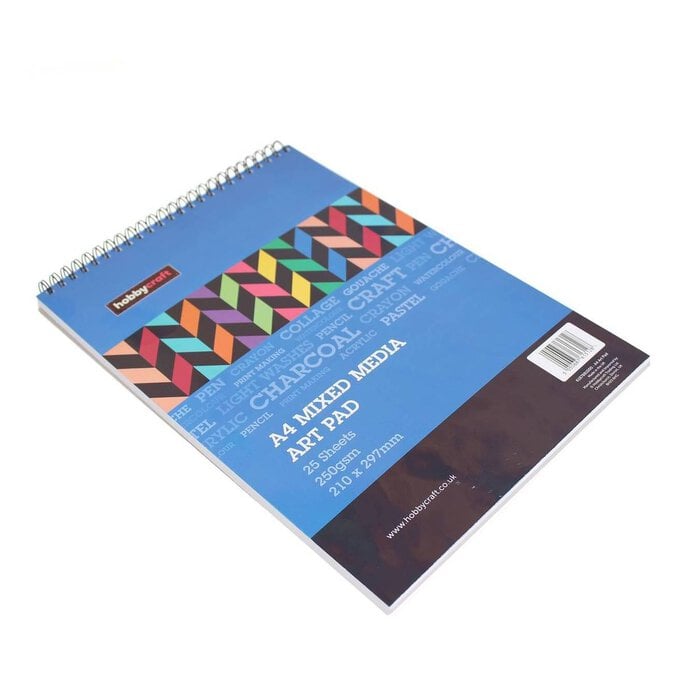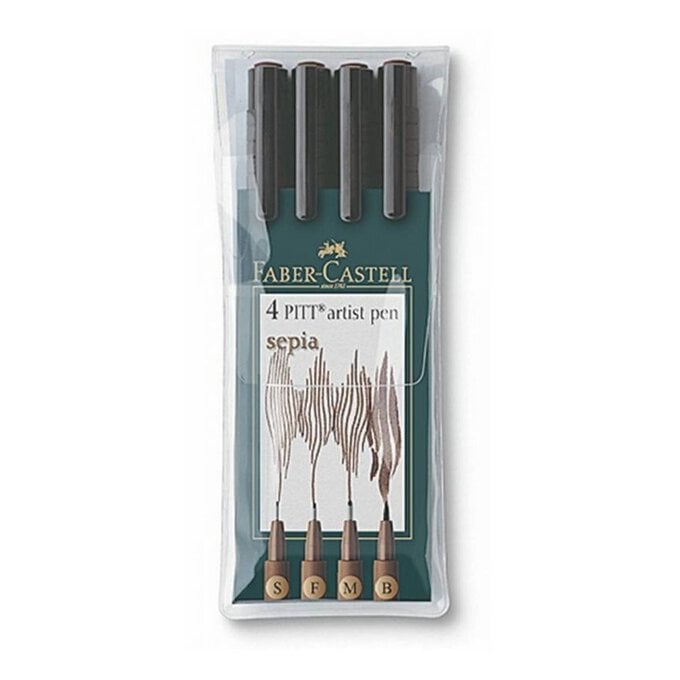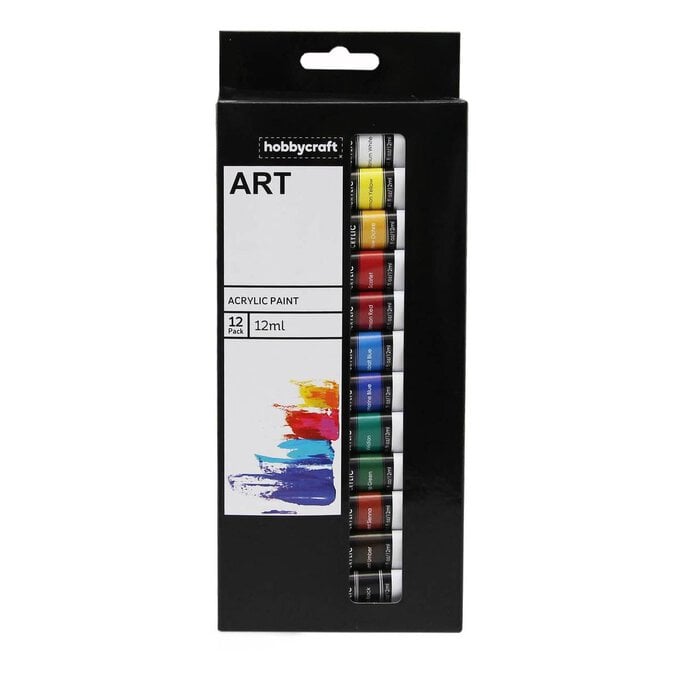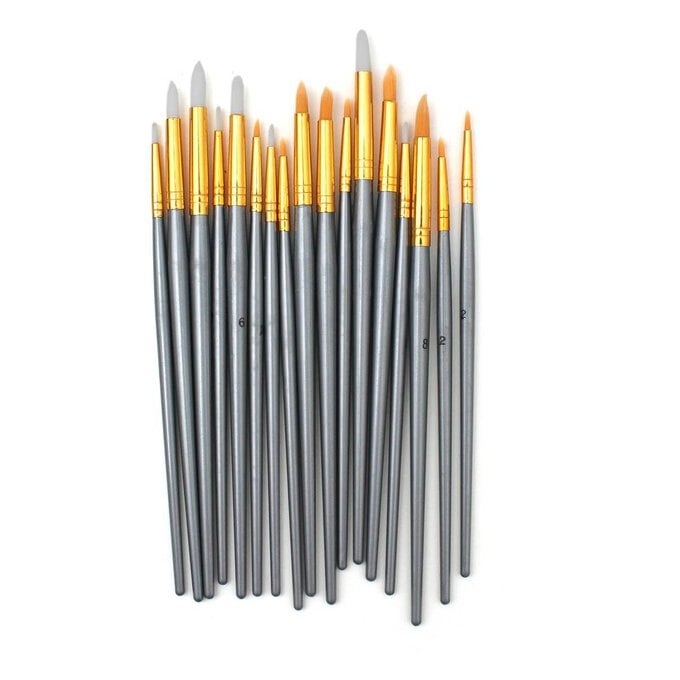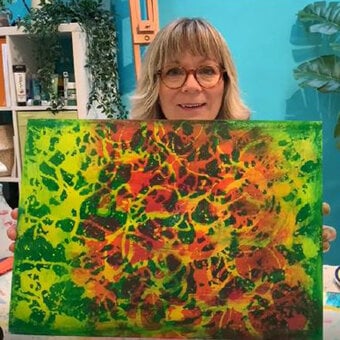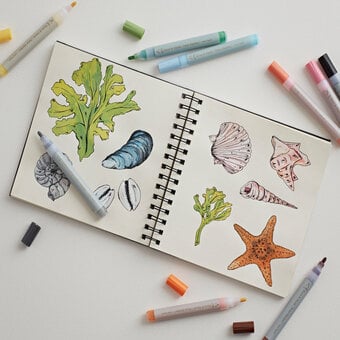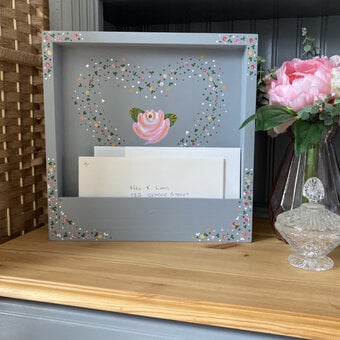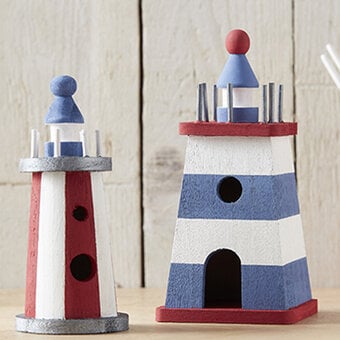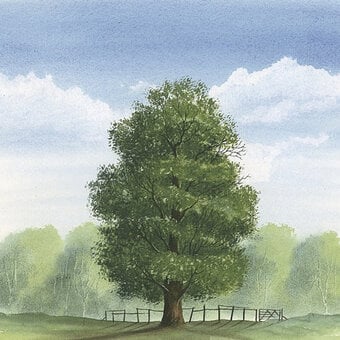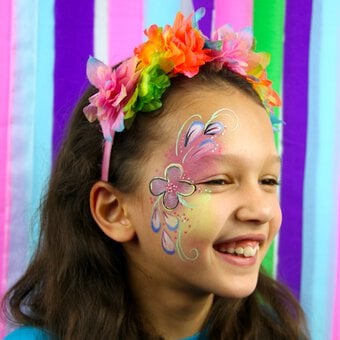How to Compose a Painting
Often the most daunting thing about picking up a brush or a pencil and getting started in art is making sure that the composition of an image is right.
This tutorial shows how to ensure your artwork looks perfect every time!
Imagery and text courtesy of Pastel Painting Step-by-Step by Margaret Evans, Paul Hardy and Peter Coombs published by Search Press
You will need
Subtotal
Is $ 8.49
Subtotal
Is $ 13.00
Subtotal
Is $ 6.49 , was $ 8.49
Out of stock
Subtotal
Is $ 18.00
Subtotal
Is $ 15.00
Subtotal
Is $ 29.00
How to Compose a Painting
Most landscape painters develop their own ideas on how to paint landscapes. Remember that nature does not provide ready-made subjects; our responsibility is not to copy what we see but to create an image that contains nature's component parts. You are interpreting a three-dimensional scene on to a flat, two-dimensional surface. Explore the different elements of a scene and form a personal relationship with them. Adjustments will be made during the process of painting as the eye moves around. On these and the next few pages, I discuss the basic elements of composition; there are no hard and fast rules and you will, no doubt, develop your own ideas about what makes a good painting.
Landscape compositions should appear to be balanced but not symmetrical. A focal point (centre of interest) should be established before you start painting. This could be an object, such as a building, or an indefinable area to which the eye is drawn. The focal point can be anywhere on the paper but, usually, it is placed slightly off-centre.
Compare these two simple sketches, they show the importance of the focal point. The left-hand sketch, with a centred focal point, is too balanced. Placing the focal point slightly off centre still creates a balanced composition but, although the eye is drawn to that point, it is invited to move around the picture.
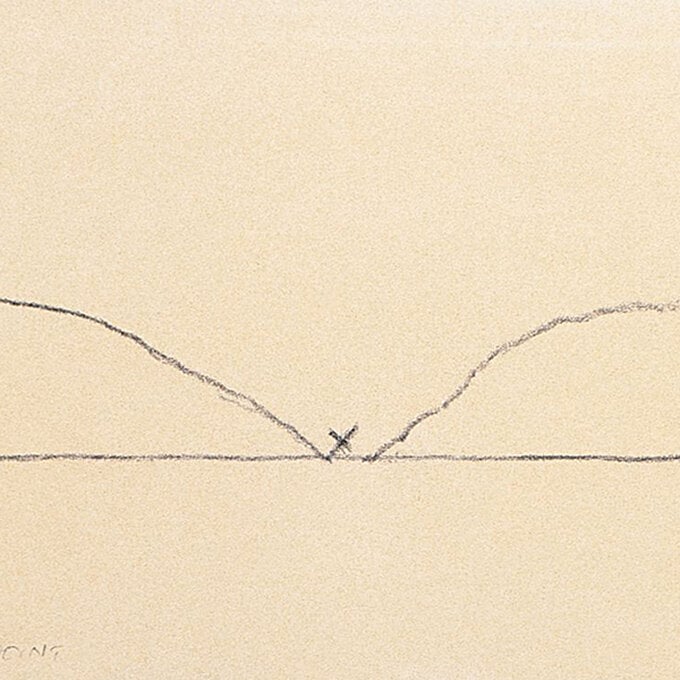
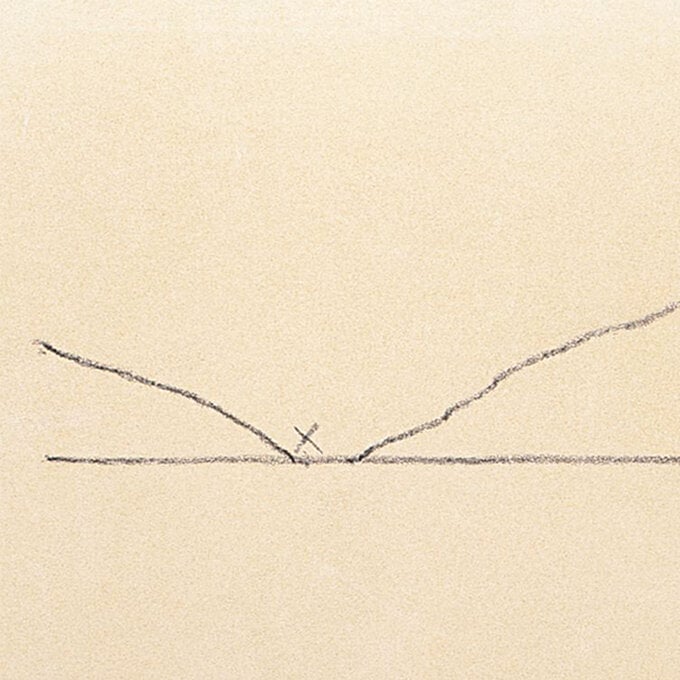
The horizon line is always at eye level, however you can draw the horizon line anywhere on the paper. When I want to paint a dramatic sky against a tranquil landscape I place the horizon quite low down on the paper. Conversely, where the landscape is more interesting than the sky, I place my horizon line in the top half of the painting. Again, never cut the composition into two equal parts by placing the horizon in the middle of the paper.
This is the same scene from the same viewpoint. Although the horizon line is always at your eye level, you can choose to place it low on the paper to create a large area of sky, or high to give you more foreground area to develop.
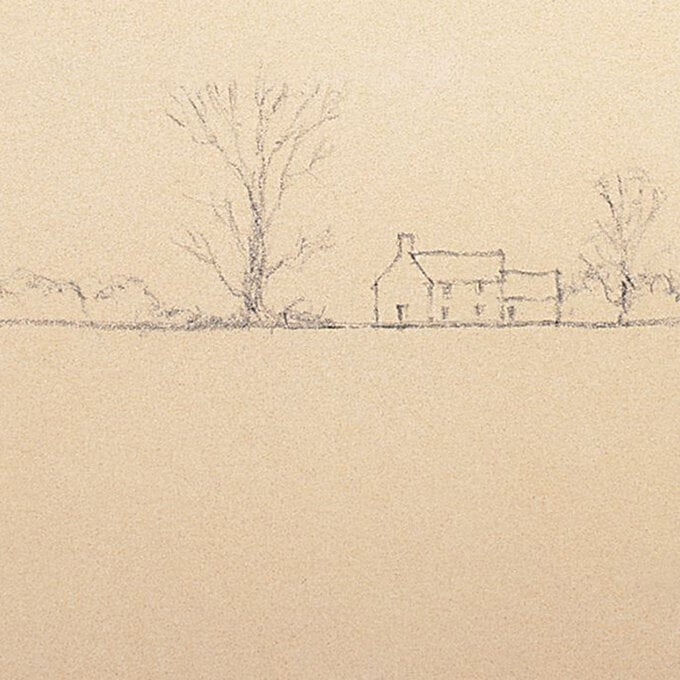
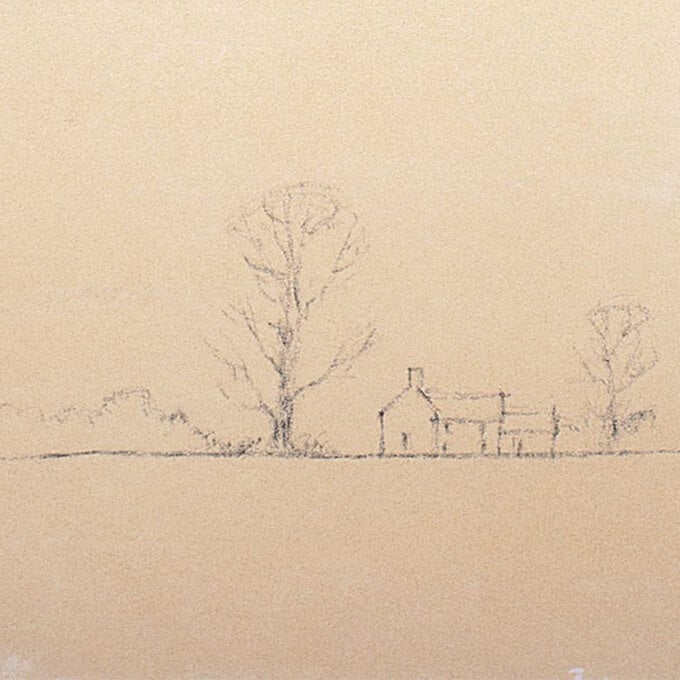
Skies are a challenging subject to paint as they never remain still; even the blue of a cloudless sky changes colour every minute. Use the sky to set the mood of an entire scene, regardless of the other elements of the composition. The sky must always be in harmony with the landscape, be it just a simple background or the principal feature of the painting.
The sky is the main source of light, so be prepared to use a wide range of colours. However, it is not always the palest part of a painting; sometimes it can be the darkest, with threatening clouds covering most of it.
A cloudless blue sky can act as a simple background to a clearly-defined landscape.
Sunshine peeping through breaks in a cloudy sky creates shadows and intensifies the colours in the sunlit areas of the painting.
Dark threatening clouds without any hint of sunlight create contrasts in tonal values. Rain changes the whole atmosphere of a scene and gives us the challenge of painting with muted colours.
